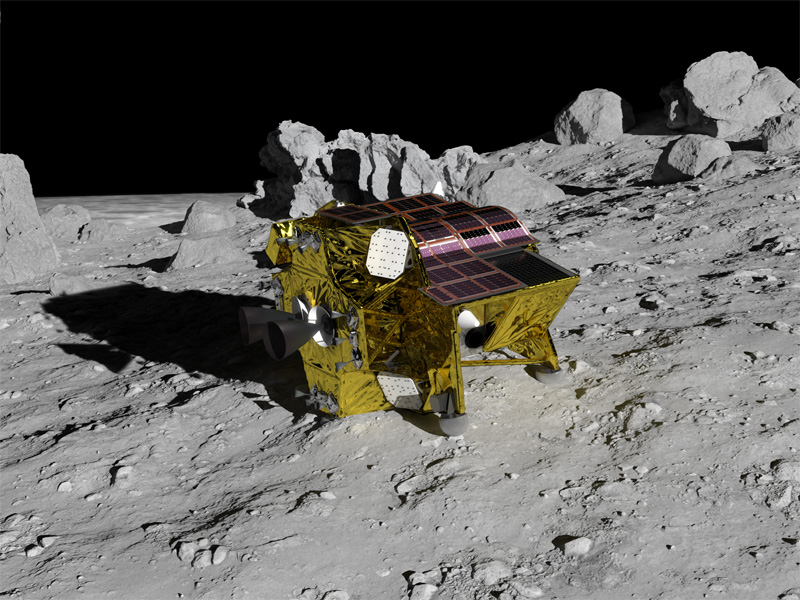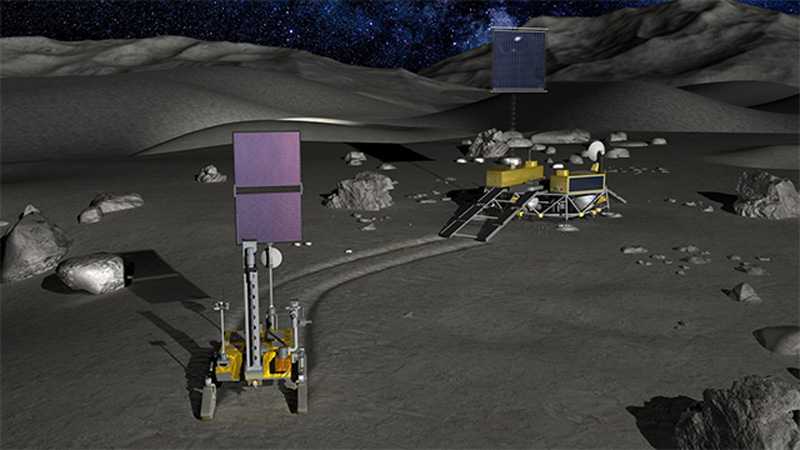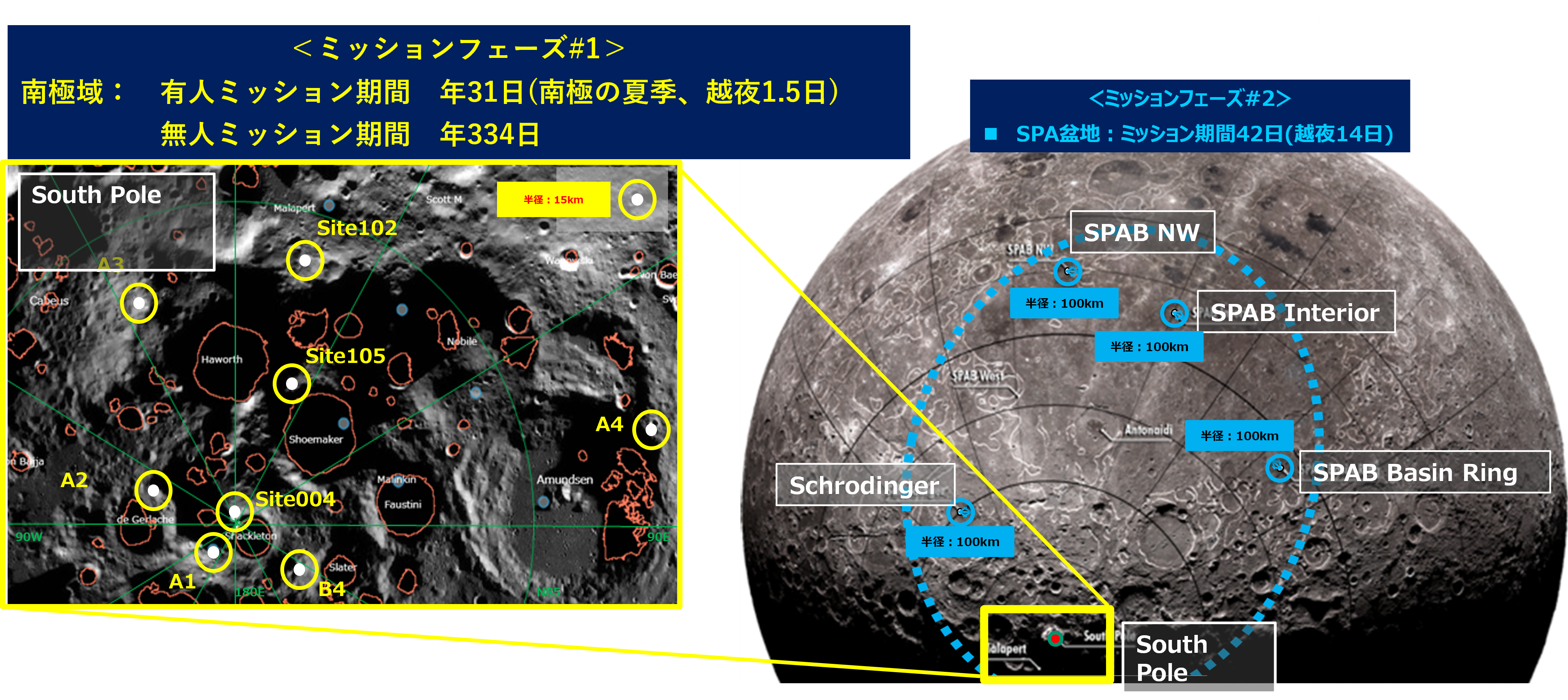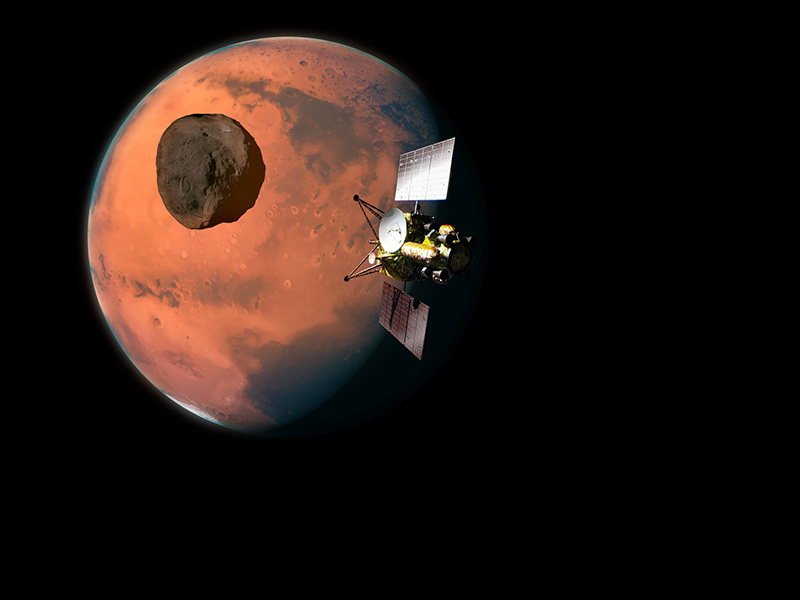PROGRAM
GATEWAY

NET2025
- Overview
Under the U.S.-led international space exploration program, "Artemis Program", Gateway, crewed space station orbiting the Moon, will serve as a staging point for sustained lunar exploration activities.
Many of space agencies participating in the ISS program are involved and share the responsibilities to develop modules and components. Once in orbit, Gateway will accommodate four astronauts for about 30 days per year and is expected to be utilized as a base for crewed exploration of Mars.
- Japan's Role
Japan will utilize the experience and technologies developed through human spaceflight activities for the International Space Station (ISS) including Japanese Experiment Module “KIBO” and cargo transfer vehicle, HTV.
In December 2020, NASA and Japanese Government signed the Memorandum of Unoderstanding Concerning Cooperation on the Civil Lunar Gateway, followed by the signing of the Implementing Arrangement Concerning Cooperation on the Civil Lunar Gateway Related to a Crew Opportunity, Habitation Capability Infrastructure Functions and Logistics Resupply by the same parties in November 2022.
- For More Information
Smart Lander for Investigating Moon(SLIM)

JFY2023
Launched
Launch Mass approx. 700kg
Mass when Landing approx. 200kg
- Overview
SLIM (Smart Lander for Investigating Moon) is a JAXA project aiming to contribute to future lunar and planetary exploration by achieving the following two objectives.
1) Demonstration of high-precision landing technology on the Moon (aimed accuracy: 100m compared to several kilometers to tens of kilometers for conventional lunar landers)
2) Realization of a lightweight lunar and planetary probe
system to allow more frequent lunar and planetary
exploration missions.
- For More Information
Lunar Polar Exploration(LUPEX)

JFY2025
Launch Target
Launch Mass 6t
Payload Mass
350+kg
(Including rover))
- Overview
LUPEX is a joint mission with the Indian Space Research Organisation (ISRO) to explore water resources in the lunar south polar region.
The analysis of lunar observation data to date suggests that water resources may exist in the lunar polar regions. LUPEX’s objective is to collect data on the quantity and quality of water resources and its concentration principles in order to determine the extent lunar water resources can be used for future sustainable space exploration activities.
Furthermore, JAXA aims to demonstrate technologies related to surface exploration of gravitational bodies, such as " surface mobility" "night survivability " and "excavation," which are necessary for future lunar exploration activities. These technologies will be utilized in the development of the “Crewed Pressurized Rover".
- For More Information
Crewed Pressurized Rover

2031
Launch Target
- Overview
The Crewed Pressurized Rover is a lunar rover that can be boarded by two astronauts (four in contingency) without space suits, and is expected to greatly expand the exploration area on the Moon's surface, which has been limited to the vicinity of spacecraft landing sites so far. The vehicle is expected to travel approximately 10,000 km over its 10-year operational period.

Martian Moons eXploration(MMX)

JFY2026
Launch Target
Launch Mass approx.4t
- Overview
The Martian Moons eXploration (MMX) mission will be the world's first mission to return samples from the Martian sphere (the Martian moon, Phobos) by utilizing technology developed through the Hayabusa2 sample return mission.
MMX will analyze hydrous minerals, water, and organic matter contained in the soil of the Martian moon to clarify the existence of water and organic matter in the Martian sphere, the origin of the two Martian moons, and the evolution process of the Martian sphere system (Mars, Phobos, and Deimos). MMX will also help elucidate the migration process of organic matter and water in the primitive Solar System and their supply to celestial bodies.
In addition, the mission will carry out the world's first detailed observation of Phobos’ surface topography, ground information and surrounding environment, and investigate the moon’s potential use as a base for future crewed Mars exploration.
- For More Information
